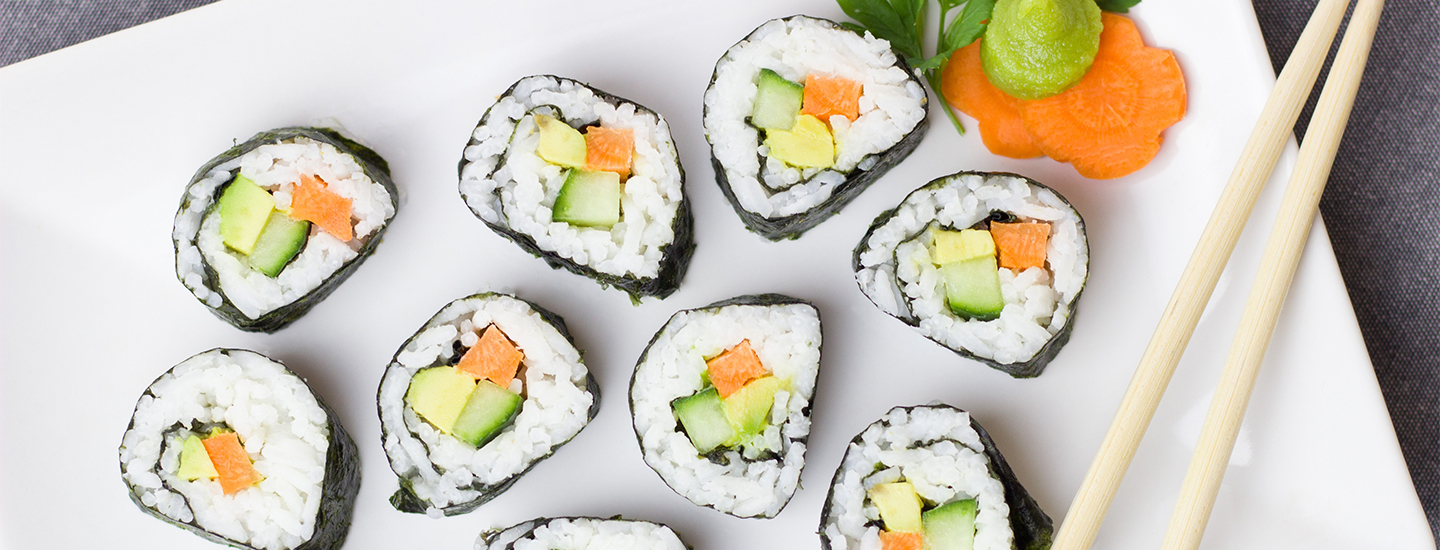As a nutrition coach, I frequently field questions from my clients who are concerned about whether or not they are getting adequate amounts of protein in their diets.
While I think the concern is valid, I do believe that the hyper-focus on this food group is a byproduct of a trend that I like to call “Labelmania.” Everyone is talking about what their nutrition label is these days, and many of the labels du jour have a protein-centric approach, from Paleo and Atkins to Ketosis. I feel like I can’t go to a social outing anymore without people asking me what or how I eat!
Pushing protein
Speaking of labels, another culprit fueling the protein phenomenon is food marketers who overpromote our need for protein on their packaging. It’s hard to walk down a grocery and avoid being drawn to these colorful, impactful labels.
Power Bar is a perfect example of this. Their Chocolate Peanut Butter Protein Plus Bar boasts a whopping 20-30 grams of protein. Sounds great, right? What they don’t promote on the label is the 12 grams of sugar in the bar and the nearly 20 ingredients it contains, most of which are impossible to pronounce.
These labels and messages around protein are everywhere, from TV commercials to social media. It’s so much information, and it can be completely confusing.
I’m here to help, because I want you to know that this whole protein thing doesn’t need to be complicated. I’ve created a list of four protein pointers that will help you get the protein you need without the stress. They’re easy to follow and will help you cut through the marketing and Labelmania clutter.
1. Know how much protein you really need
It’s easy to make your protein quota! Did you know that the average woman needs approximately 46 grams of protein each day?
It doesn’t take much effort to get to 46 grams; even if you’re a vegetarian. For example, if you consume a 3.5 oz serving of salmon (25 grams) + 2 eggs (12 grams) + 23 almonds (6 grams) + 1/2 cup quinoa (11 grams), you’re at about 54 grams of protein for the day. That’s pretty easy to attain and you didn’t even have to eat a bar!
2. Get protein power from plants
Put plant-based proteins in your portfolio. Protein doesn’t need to mean meat, meat, meat. There are so many nutrient-dense, plant-based proteins to fill your plate with AND satiate your appetite.
Some of my favorite plant proteins are lentils, chickpeas, quinoa, almonds, kale, tofu and broccoli. Animal-based proteins are an important part of your diet, but it’s important to be cognizant that excessive amounts can be detrimental to your health.
Experts agree that if you eat more protein than your body requires, it will simply convert most of those calories to sugar and then fat. Increased blood sugar levels can also feed pathogenic bacteria and yeast, such as Candida albicans (candidiasis), as well as fueling cancer cell growth.
3. Go protein au naturel
Reduce your intake of man-made proteins. I get it, you’re busy, and it’s way easier to grab a bar than it is a piece of chicken breast when you’re starving and on the go.
If you are truly concerned about your health and what you are putting in your tank, then remember the Power Bar I told you about earlier. Sure, you might be getting protein, but you’re also getting a whole lot of other fake ingredients that detract from any “good” you’re doing.
I’m not asking you to quit bars cold turkey, but reduce your intake of on-the-go wrapped protein options, and find some other smart, on-the-go solutions.
Starbucks is doing a great job with their Mercato products; from their sous vide egg bites to their protein boxes with hard boiled eggs and hummus. If you’re going to do a bar, I’m a fan of Kind and RXBAR bars, as they have minimal ingredients.
4. Time it right
On workout days, timing is everything! If you have an intense workout, time your protein intake correctly pre and post workout to avoid the hangries. This is important at any age, but it is especially crucial now when hormones can play such a key role in our moods.
By timing our protein intake around workouts, we can manage through the hangries and the roller coaster effect of feeling food-deprived. On workout days, eat a 3- or 4-to-1 ratio of carbohydrate to protein one hour before and after exercise to ensure your muscles are fueled and replenished. By pairing proteins and carbs, you can slow sugar absorption and help stave off food cravings.
The bottom line is this: protein is a powerhouse that has many powerful effects on your body and mind, but your focus should be a well-rounded diet that also includes lots of vegetables, fruits and healthy carbohydrates.
Try to follow my pointers and try not to get too caught up in Labelmania. It really doesn’t matter what label you’re wearing, it’s how you go about wearing it.
Cheers to your health!
Michelle
More from Michelle:
The holidays are coming round again (canyoubelieveit?). Be ready for the stress “ and the stress eating. Looking for a better way to feed yourself and your family? Be sure to check out how to shop your Farmers’ Market and buy from the bulk aisle!
How are you feeding yourself for optimal health? We’d love to know. Share with the community in the comments below, or hit us up on Gennev’s Facebook page or Midlife & Menopause Solutions, Gennev’s closed Facebook group.
